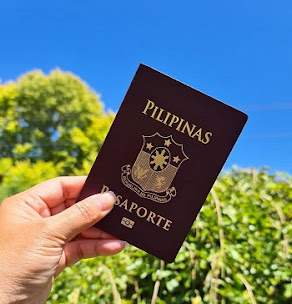Shirley aka LittleMissBento
Have you tried doing your own bento?
Well we neither (but we love to eat bentos!)
We searched the instagram world and discovered our so-called QUEEN OF BENTO!
She is known as Little Miss Bento (check her website here)
She makes AMAZING and VERY ARTISTIC BENTOS we've ever seen! Now we are feeling hungry again :D
Anyway, here are some of her creations, and if you want to know more of her creations, you may follow her on Instagram
Early History of Bento
Bento, or packed lunches, can be traced back as far as the fifth century, when Japanese leaving their homes to till their fields, hunt, fish, or even wage war carried food with them to eat on the go. These portable meals typically contained staples, such as white rice, rice mixed with millet, or potatoes.
During the Kamakura Period (1185 to 1333), hoshi-ii (literally, "dried meal") was developed. Hoshi-ii consisted of cooked and dried rice, carried in a small bag, that was eaten as is or after being rehydrated with hot or cold water. Wooden lacquered bento boxes were produced during the Azuchi-Momoyama Period (1568 to 1600); meals would be served in such boxes at tea parties and during hanami (cherry blossom viewing parties).
During the peaceful and prosperous Edo Period (1603-1868), bento became more refined and widespread. Japanese packed lavish assortments of food into fancy, tiered, lacquer boxes to take on outdoor excursions or to the theater. Travelers and tourists would carry koshibento ("waist bento"), consisting of onigiri wrapped in bamboo leaves or in a bamboo box. The popular makunouchi bento ("between-scene bento"), consisting of small onigiri sprinked with sesame seeds and a rich assortment of side dishes, was developed during this time for theater patrons to eat between maku ("scenes"). From this period onwards, bento began to evolve into a sophisticated art form. Special occasion bento are used in celebrations in the home, at Buddhist memorial services, for entertaining guests, and for tea ceremonies.
In the Meiji Period (1868-1912), Japan's railway system was born, and the first ekiben ("station bento") were sold. The very first ekiben, consisting of takuan and rice balls with umeboshi filling that were wrapped in bamboo leaves, reportedly was sold on July 16, 1885 at the Utsunomiya Station in Tochigi Prefecture. Thousands of different types of ekiben are sold at train stations throughout Japan today. A European-style bento, consisting of sandwiches, also was developed during this period.
The aluminum bento box made its first appearance during the Taisho Period (1912 to 1926) and was considered a luxury item due to its silver-like finish and its ease of cleaning. The disparity in wealth among Japanese spread during this period due to an export boom during World War I and subsequent crop failures in the Tohuku region. Bento carried to school by children became a reflection of a student's wealth. A movement thus developed to abolish bento in school and, after World War II, the practice of bringing bento to school gradually declined and was replaced by uniform food provided for all students and faculty.
The 1980s – with the introduction of microwave ovens, convenience stores, and more affordable bento boxes – saw a resurgence of bento.



















































Post a Comment